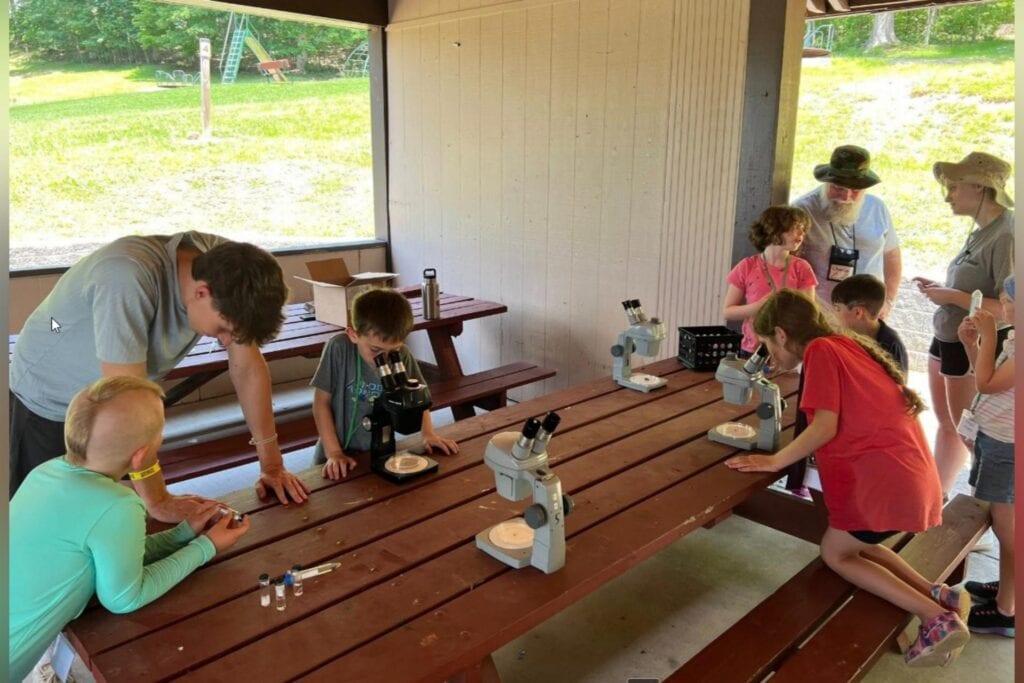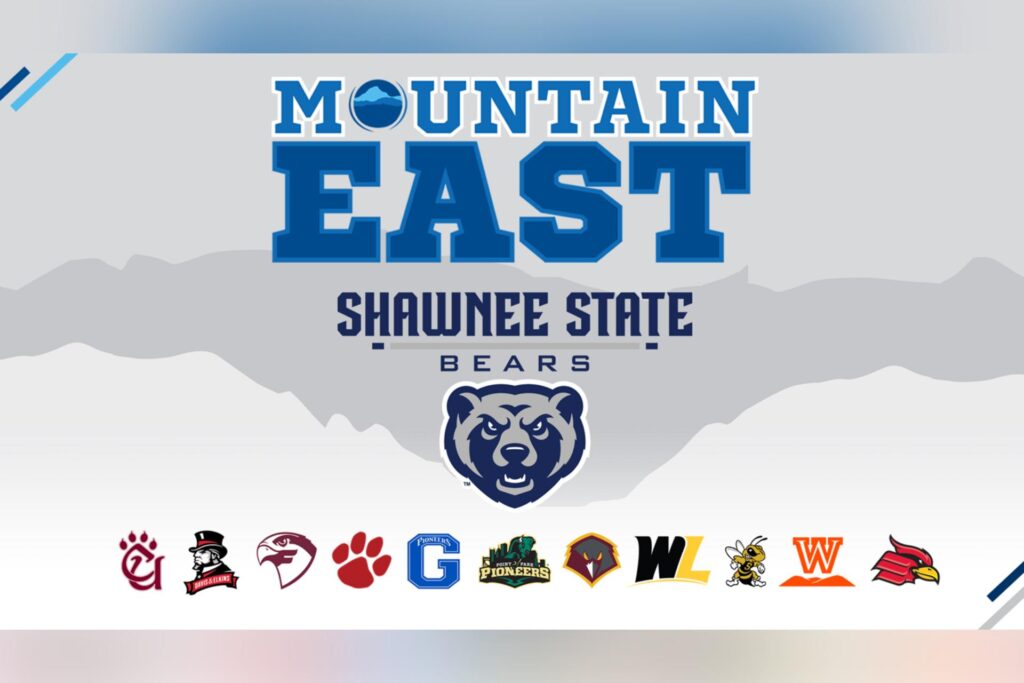SOUTH CHARLESTON, W.VA. — The West Virginia Division of Natural Resources (WVDNR), in partnership with the USDA Natural Resources Conservation Service, West Virginia Division of Forestry, National Wild Turkey Federation and others, is seeking private landowners interested in improving wildlife habitat on their land.
“More than 80 percent of land in West Virginia is privately owned, so public-private partnerships are critical for the long-term persistence of wildlife populations,” said Paul Johansen, chief of the DNR Wildlife Resources Section. “Private landowners benefit from the technical and financial assistance to improve their land, which ultimately benefits many of the state’s priority species. It’s a win-win for everyone involved.”
Through these partnerships, the WVDNR hopes to address shrinking populations of priority wildlife species by implementing conservation practices that improve natural resources on private land. Target species include cerulean warbler, golden-winged warbler and multiple insect pollinators that have been identified as priority species in West Virginia’s State Wildlife Action Plan. These species inhabit a variety of habitats, from meadows to shrubby thickets and groves of young saplings to mature forests, which are also preferred by species like ruffed grouse, eastern whip-poor-will, white-tailed deer and wild turkey.
Professional biologists, foresters and conservation planners are available to develop individualized conservation plans based on each landowner’s objectives and the identified needs of the land. Every conservation plan is unique but may include removing problematic plants, establishing desirable plants, thinning trees from overstocked forests, adjusting the type and timing of current management practices and creating natural structures such as brush piles where wildlife can nest, forage and take shelter.
Mature Forest
Cerulean warblers prefer mature deciduous forests with an abundance of large tall trees and small openings in the canopy that are filled with vigorous new plant growth. Most forests in West Virginia have large tall trees, but they often form a uniform and closed canopy. Thinning some undesirable trees will increase growing space for trees that wildlife prefers and also encourage development of multiple canopy layers able to support a greater abundance and diversity of wildlife.
Landowners interested in managing mature forest habitat may also notice more hooded warblers, ruffed grouse and wild turkey. For more information about mature forests or for help getting started, contact Matthew Aberle, WVDNR/NRCS partner avian biologist, by calling 304-618-6124 or sending him an email at Matthew.Aberle@usda.gov.
Young Forest
Golden-winged warblers prefer shrubby thickets and young forests near large patches of mature deciduous forest at higher elevations. The right combination of these characteristics is rare in West Virginia. Fortunately, some pieces of the preferred habitat often are already in place and in need of management practices, such as harvesting timber or controlling problematic plants.
Landowners interested in managing young forest habitat may notice more American woodcock, eastern cottontail and eastern whip-poor-will. For more information about young forests or for help getting started, contact Tiffany Beachy, WVDNR/NRCS partner avian biologist, by calling 304-799-4317 extension 3 or sending her an email at tiffany.beachy@usda.gov. They may also contact Elizabeth Brewer, American Bird Conservancy outreach forester, by calling 517- 921-8496 or sending her an email at ebrewer@abcbirds.org.
Pollinators
Monarch butterflies and other pollinators are an integral part of our environment and are vital for our agricultural systems statewide. These insects can benefit from management just like other wildlife species. Pollinators and their habitats are incredibly diverse, so a variety of existing management practices can be tailored for their benefit.
For landowners interested specifically in pollinators, a conservation plan may include management practices such as removing problematic plants, enhancing nectar resources for bees and butterflies by planting species native wildflowers, and providing nesting structures for bees. For more information about pollinators and for help getting started, contact Lacey Smith, WVDNR/NRCS partner pollinator specialist, by calling 304-368-6909 or sending an email to Lacey.Smith@usda.gov.












